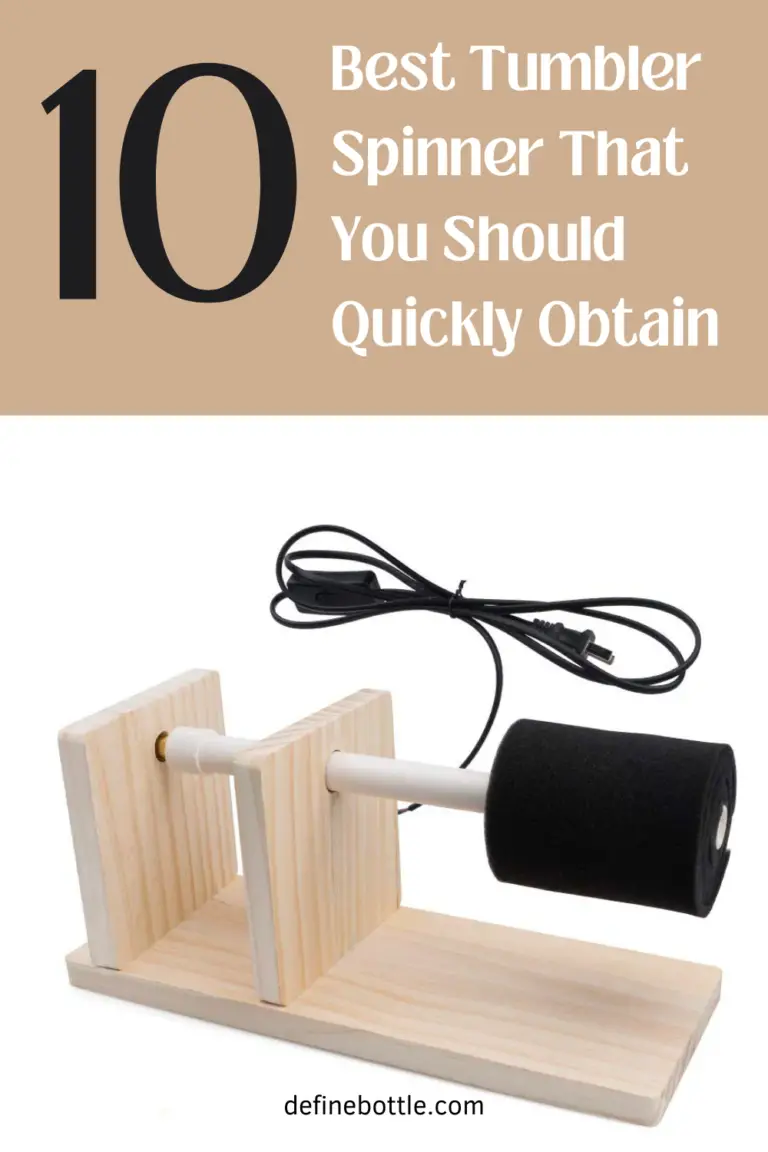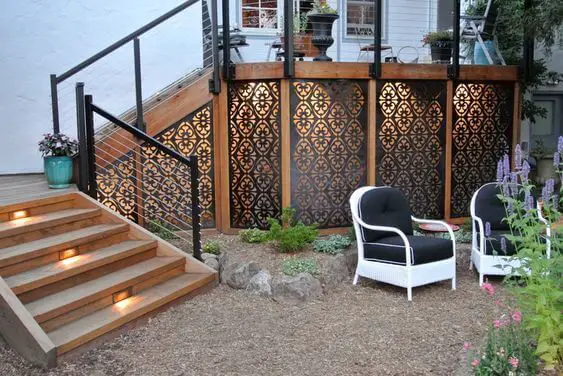Gardening in small spaces requires good planning. If your yard or balcony is limited, it’s essential to make the most of your space in the most practical way possible.
The biggest challenge in gardening in small spaces is organization and neatness. Gardeners commonly put a large number of plants in a small area. The space between them shrinks as they grow, creating a cluttered garden with no room for other elements like furniture or living space.
This article explores solutions for successfully growing plants, even in limited spaces, emphasizing sustainability. Sustainable plant care and resource management practices are crucial considering global environmental challenges.
Optimizing light, water, and space use is essential in small gardens. Techniques like vertical gardening, organic nutrition, and unique watering methods, which we will discuss, are the right choices if you have limited space options.
Contents
Understanding Small Space Gardening
Gardening in small spaces entails growing plants in constrained conditions, often in urban areas, balconies, windowsills, and smaller yards.
This type of gardening allows those without large yards to enjoy growing plants. Effective space utilization enables the cultivation of both decorative and edible plants.
Planting in urban areas helps break the monotony of cityscapes and fosters ecological awareness.
Gardening in small spaces often involves vertical gardening on balconies, which includes hanging pots, wooden pallets, or vertical holders on walls. Such arrangements allow for plant cultivation without sacrificing sitting space on a terrace.
Window-mounted pot holders enable the growing of herbs, flowers, and some vegetables in limited spaces.
In small yards, it’s even possible to have a lawn. Installing sod grass in any shape according to your space adds attractiveness without taking up too much space. Using sod grass in only one part of the yard allows you to utilize the rest for other needs.
Essential Elements of a Small Space Garden
Soil and Compost: Quality soil is crucial for plant growth, providing nutrients, support, and water. Compost, an organic fertilizer resulting from decomposed organic waste, enriches soil. Composting requires a sunny spot and materials like leaves, food waste, or straw. Keep the compost moist and occasionally rake it; it will be ready for use in a few months.
Plant Selection: When choosing plants for small spaces, consider their size, growth habits, light and water needs, and adaptability to the local climate. Incorrect plant selection can lead to overcrowded gardens.
Pots and Vertical Gardening: To maximize space, utilize various pots and vertical gardening. Raised garden beds offer better soil control and ease of maintenance, while vertical gardening on walls and balconies saves horizontal space for other uses.
Sustainable Gardening Practices
Water conservation is crucial in sustainable gardening. Drip irrigation and rainwater harvesting are effective methods.
Organic gardening involves:
- Avoiding toxic chemicals.
- Using natural pest control methods.
- Recycling or “upcycling” garden elements.
The Role of Grass and Groundcovers in Small Gardens
If you have a small yard and have decided to cover it with grass, at least partially, you should consider specific sod varieties, as well as the conditions, light, humidity, and climate of your area.
Sod grass represents pre-planted and cultivated grass that you should easily install in your yard. However, there are different types, and choosing the best one for your specific conditions is essential.
Bermuda grass is a drought-tolerant fine-leafed grass that performs well in full sun and high-traffic areas.
The Zoysia variety of sod is one of the most resilient species, thriving in almost all conditions. It requires minimal maintenance and is a good choice if ecology and sustainability are important to you.
Buffalo grass is one of the most drought-tolerant grasses available. Therefore, it would be ideal if your yard has exposure to the sun for most of the day.
Grasses and ground covers provide numerous benefits in the garden. They prevent soil erosion, especially on slopes or in areas with high exposure to heavy rainfall. Aesthetically, grass serves as a natural substrate that enhances the yard’s visual appeal, and adding ground cover, such as small flowers, can introduce a variety of colors, textures, and shapes, making the environment visually attractive.
Grasses and ground covers also provide habitats for insects, birds, and other small animals, contributing to biodiversity. When maintaining your lawn, consider sustainability. Use organic fertilizer, conserve water by employing one of the watering techniques mentioned in the article, and choose native grasses and plants well-suited to your area.
Conclusion
Gardening in small spaces is a creative way to create a sustainable and enjoyable environment. These small gardens are green oases that contribute to aesthetics and nature conservation. Sustainability becomes essential and consists of composting, rainwater harvesting, and pot recycling techniques. A well-planned small garden offers a fulfilling space for rest.




